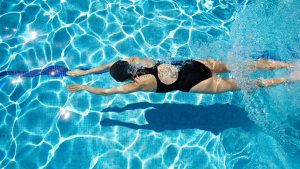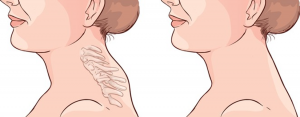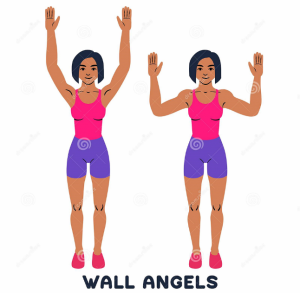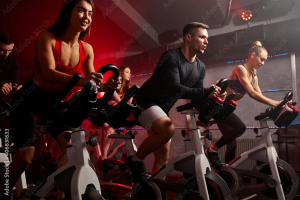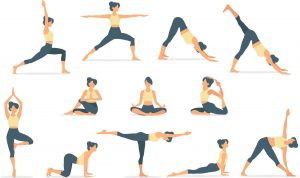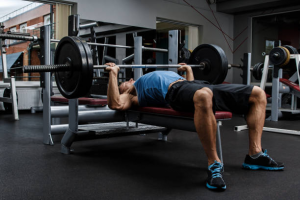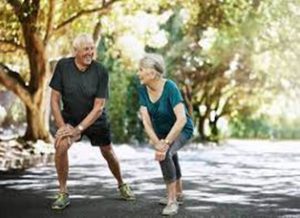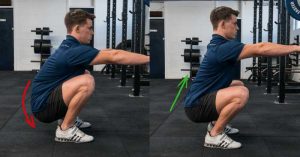by: Sarah Townsend
Are you a person who loves physical activity but often finds yourself loathing going to the gym? Do you love being active, but get stuck in a rut running/walking at local parks and trails? If this is you, LET’S TALK ABOUT SWIMMING. “When swimming, we may come close to this happy state and we can experience a deeply peaceful feeling, where time seems not to matter, and our worries are on hold. No wonder swimming is seen as a real antidote to so many chronic illnesses, including depression (MacDonald 2006).”
While the authors of this blog may have a bias towards swimming, most people would likely agree that swimming is a great way to add variety to a workout regimen and introduce fun and exciting movements that may prove difficult to achieve outside of the water.
Benefits of Swimming:
- Improves Cardiovascular Health
- Increases Muscular Strength
- Increases Muscular Endurance
- Helps to Maintain Muscle Mass
- GREAT Way to Burn Calories
While the benefits listed above are only a short list, chances are that you will feel better too! Performing aerobic activities multiple times, a week has been shown in the ACSM Guidelines book as well (Liguori, Gary, et al. (2021). Luckily, if you are already following the ACSM Guidelines of 150 minutes of moderate intensity or 75 minutes of vigorous activity per week you are off to a great start and can begin to implement swimming as you choose.
Swimming is also a great way to reach aerobic guidelines for people who have sustained an injury or have difficulty walking. Being in the water physically decreases the amount of weight or “load” you must carry due to Archimedes Principle. When your body is submerged in the water, it can give you a weightless feeling. There are different variations of activities you can do in the water. People can walk in the water, swim laps, or even add resistance by using water weights that float. For people with injuries, swimming can help with rebuilding the muscles around the injury with a low impact on the injury itself.
General Swimming Techniques and Ideas:
As previously mentioned, swimming is a wonderful way to create new workouts. Below are a few recommendations for beginners and those who have been doing this for a while.
NEVER SWIM ALONE
- Even the most advanced swimmers should still swim in an area with a lifeguard on duty or with a friend who is also a strong swimmer.
- Understand the four basic strokes:
- Freestyle or Front Crawl – while being face down in the water your arms will alternate pulling water down by your side while doing butterfly kicks. These movements will propel you forward.
- Backstroke – imagine freestyle but on your back and pull down as you go backward after coming out of the water. * Think thumb – pinky* as your thumb comes out of the water and you reach around your pinky will enter first on the back end.
- Breaststroke – back on your stomach you will push your arms forward in a circular motion while your legs will kick in a circular motion. Many people refer to this as the frog stroke or swimming like a frog.
- Butterfly – the stroke is not for beginners, and we do not believe this should be a stroke you just decide to do for fun. This stroke requires you to pull yourself out of the water with a dolphin kick. As you are coming out of the water you breathe and duck your head back.
- Know how to create workouts individualized to your own personal goals and capabilities.
- Do NOT be afraid to ask for equipment rentals at the facilities.
WHERE TO BEGIN?
- Starting something new can be scary and intimidating but below are a few ideas our group believes will help you get a good start.
- Research local swimming facilities.
- Find out about their hours of operation, costs, memberships, etc.
- Decide if you want to hire someone to help you train at the very beginning to help with your foundation.
- Ask a friend to join you! Swimming with friends is a great way to exercise and socialize.
- Lastly, build a plan that works for you! Understanding everyone is different is a huge step in the right direction for your goals, wants, and desires.
- Research local swimming facilities.
Works Cited
MacDonald, P. (2006). Take the Plunge. Practice Nurse, 31(5), 20–24.
ACSM Blog. (2019, September 3). ACSM_CMS. https://www.acsm.org/blog-detail/acsm-certified-blog/2019/09/03/aquatic-exercises-for-athletes
Liguori, Gary, et al. (2021). ACSM’s Guidelines for Exercise Testing and Prescription. Wolters Kluwer
